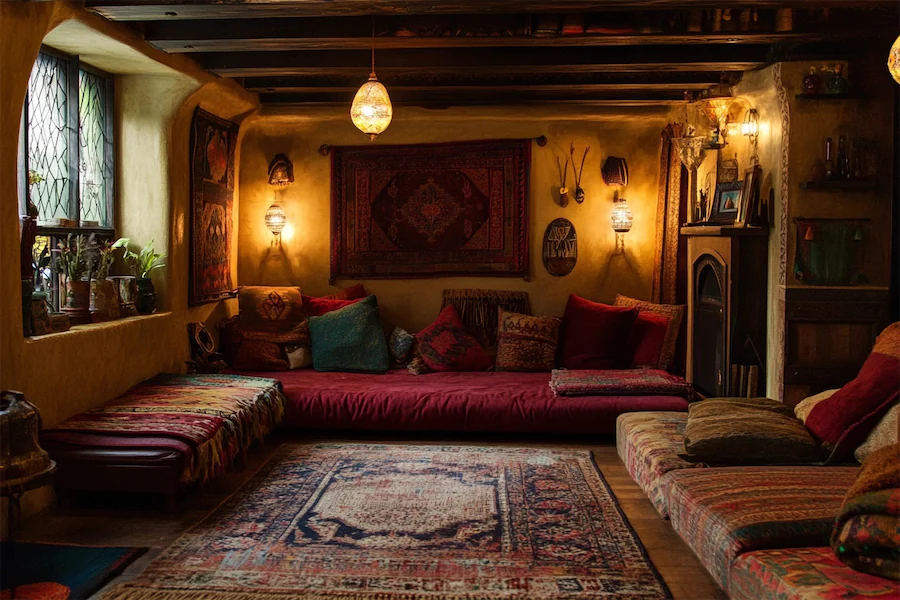Designing an entertainment room in the Arts and Crafts style combines functionality with the movement’s hallmark emphasis on craftsmanship and natural materials. Here’s a comprehensive guide to understanding and creating such a space:
Introduction to Arts and Crafts Entertainment Rooms
An Arts and Crafts entertainment room integrates modern leisure activities with design principles that emerged in the late 19th century. This style emphasizes handcrafted woodwork, natural materials, and harmonious design, creating a warm and inviting environment for relaxation and entertainment.
History and Origins of the Arts and Crafts Style
The Arts and Crafts movement originated in Britain during the late 19th century as a reaction against industrialization’s mass production. Pioneers like William Morris advocated for a return to handcrafted artistry, focusing on quality materials and traditional craftsmanship. This philosophy influenced architecture, interior design, and decorative arts, promoting simplicity, utility, and beauty.
Key Features of Arts and Crafts Entertainment Rooms
- Natural Materials: Utilization of wood, stone, and metal to create a warm and organic ambiance. Hardwood floors, exposed beams, and stone fireplaces are common elements.
- Handcrafted Furniture: Emphasis on bespoke, well-crafted furniture pieces that showcase joinery and artisan skills. Built-in cabinetry and custom wood entertainment centers are typical.
- Earth-Toned Color Palette: Incorporation of muted greens, browns, and other nature-inspired hues to foster a serene atmosphere.
- Decorative Details: Inclusion of stained glass, metalwork, and textiles featuring botanical or geometric patterns, reflecting the movement’s appreciation for nature and craftsmanship.
Applications of Arts and Crafts Style in Entertainment Rooms
- Media Centers: Custom hardwood entertainment centers and TV stands that align with the Arts and Crafts aesthetic, often featuring exposed tenons and mullions on glass doors.
- Seating Arrangements: Upholstered furniture in fabrics that echo Arts and Crafts prints, providing comfort while maintaining stylistic coherence.
- Lighting: Use of fixtures with intricate details and elegant forms, such as those designed by W.A.S. Benson, to enhance ambiance and reflect period authenticity.
Considerations When Choosing Arts and Crafts Elements
- Space Planning: Ensure that furniture placement promotes functionality and comfort, accommodating modern entertainment needs without compromising the room’s aesthetic integrity.
- Material Selection: Opt for high-quality, natural materials that age gracefully and contribute to the room’s warmth and authenticity.
- Integration of Technology: Thoughtfully incorporate modern entertainment systems in a way that harmonizes with the traditional design elements, such as concealing equipment within custom cabinetry.
Conclusion
An Arts and Crafts entertainment room marries the timeless appeal of handcrafted design with contemporary entertainment requirements. By focusing on natural materials, bespoke furniture, and harmonious design, one can create a space that is both functional and reflective of the Arts and Crafts movement’s enduring legacy.
